Enactive Virtuality Lab is collaborating with the Brain and Mind Lab of the Aalto School of Science, studying how narrative priming affects the viewer’s narrative story construction. Study on-going.
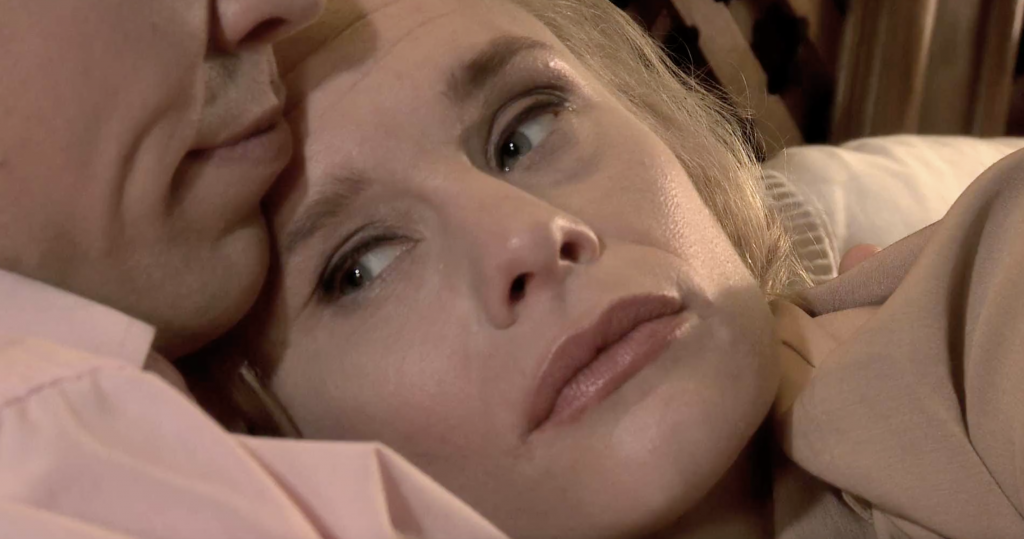
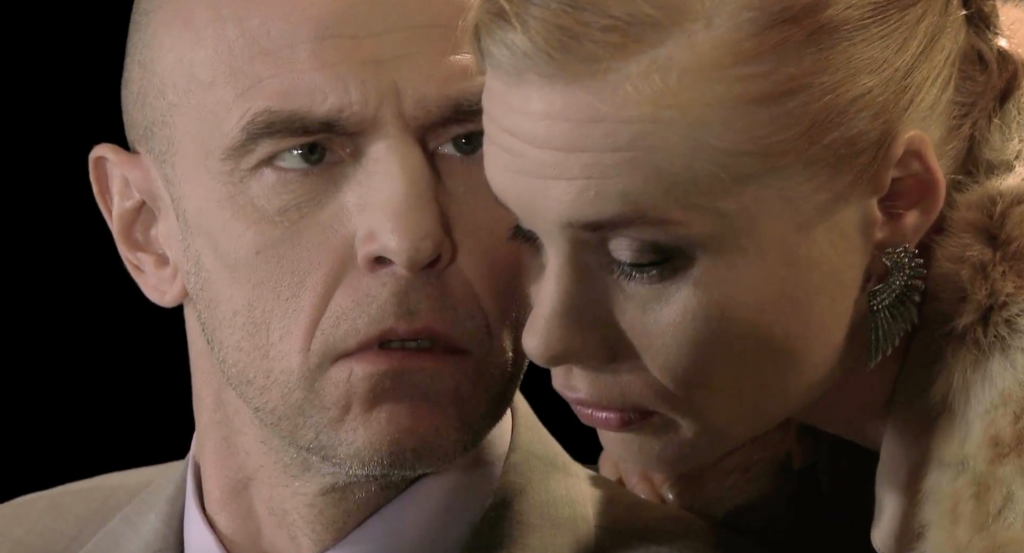
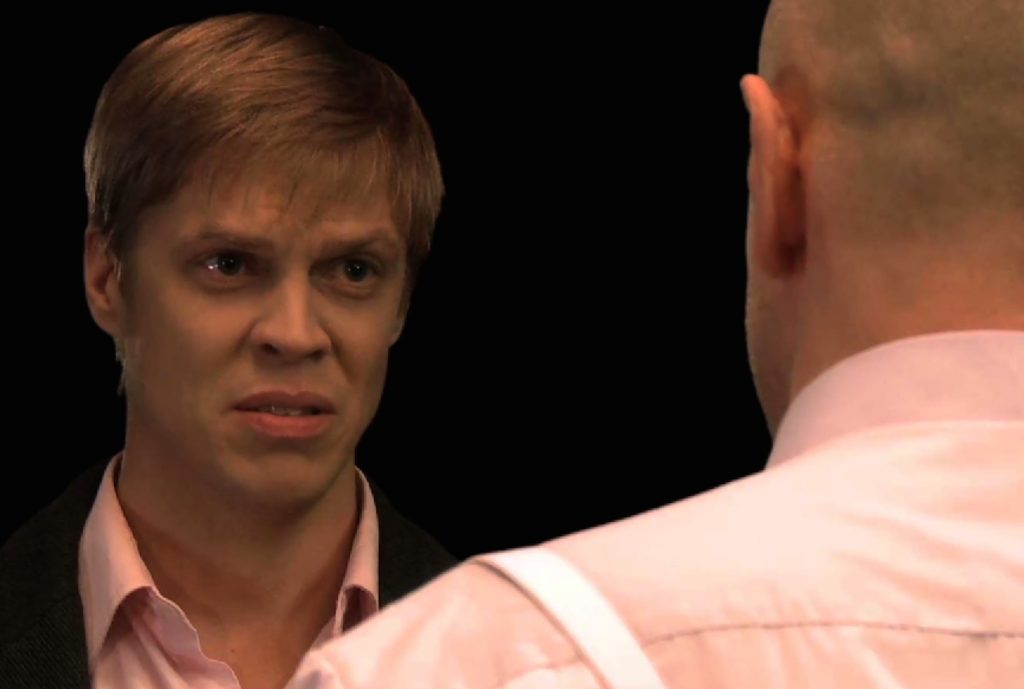
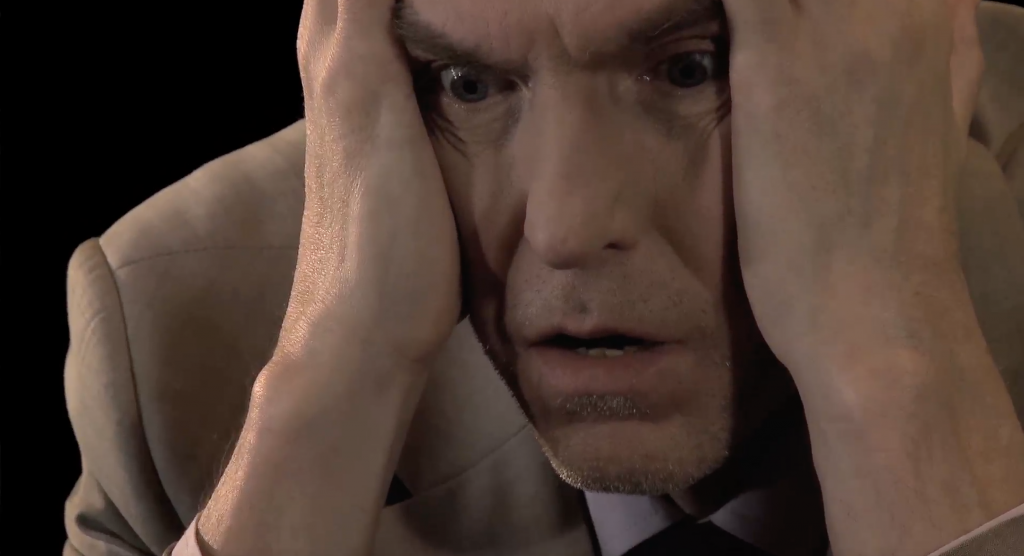
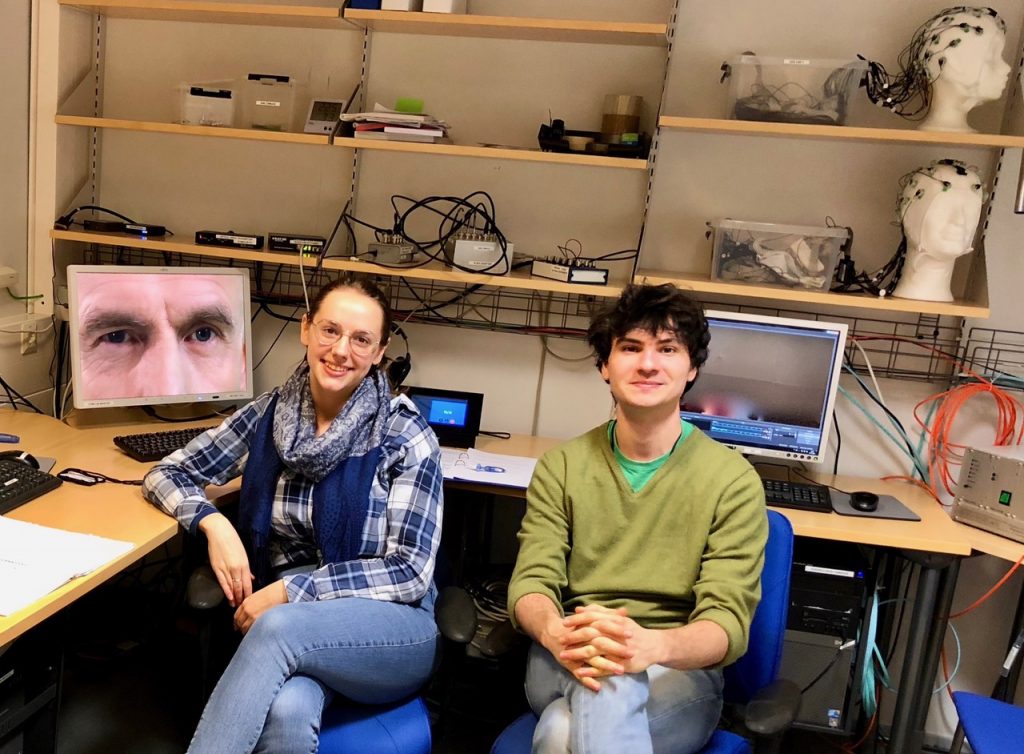
Enactive Virtuality Research Group, Tallinn University
Articles, stories, appearances in popular media
Enactive Virtuality Lab is collaborating with the Brain and Mind Lab of the Aalto School of Science, studying how narrative priming affects the viewer’s narrative story construction. Study on-going.






Pia Tikka and Victor Pardinho (video) presenting the latest state of Enactive Avatar pipeline at the meeting of Estonian VR community in Tartu University, Oct 6, 2018.
A video conference presentation at the 1st “Virtual Reality as a Transformative Technology to Develop Empathy” Conference, organised by the “empathic Reactive MediaLab Coalition” (eRMLab Coalition) and EmpaticaXR research group.
Lynda Joy Gerry: Envisioning Future Technology for Compassion Cultivation
Experiments in cognitive neuroscience have recently dissociated neural pathways underpinning the experience of empathy from that of compassion. Namely, whereas the experience of empathy involves neural activations regarding an affective pain resonance with the distress or suffering of the target, compassion is correlated to reward centers and positive affect regions of the brain. The import of this finding is that empathy may in some instances lead to a withdrawal reflex if there is excessive sharing of distress with the target, whereas compassion appears to involve a care for the welfare of another and an approach motivation. Within the last five years, virtual environments (VEs) have been increasingly researched and developed towards the goal of enhancing users’ social intelligence, self-compassion, positive attitudes towards out-groups, and empathy. However, most of these VEs do not help the user to become more aware of his or her own emotional and psychological states in response to another person or persons, arguably a crucial step in the recovery from empathic distress or over-arousal. Biofeedback training has also been used for improving social cognition skills, but only a few projects have incorporated biofeedback into empathy-enhancing virtual environments. Recovery from empathic distress as a skill trained through biofeedback VEs could enhance interpersonal connectedness, quality of life, and social cohesion.
In this article Deren’s film At Land is analyzed as an expression of a human body-brain system situated and enactive within the world, with references to neuroscience, neurocinematic studies, and screendance.
TIKKA, Pia. Screendance as enactment in Maya Deren’s At Land. DATJournal Design Art and Technology, [S.l.], v. 3, n. 1, p. 9-28, june 2018. ISSN 2526-1789. First published in The Oxford Handbook of Screendance Studies Edited by Douglas Rosenberg,Aug 2016. Available online here
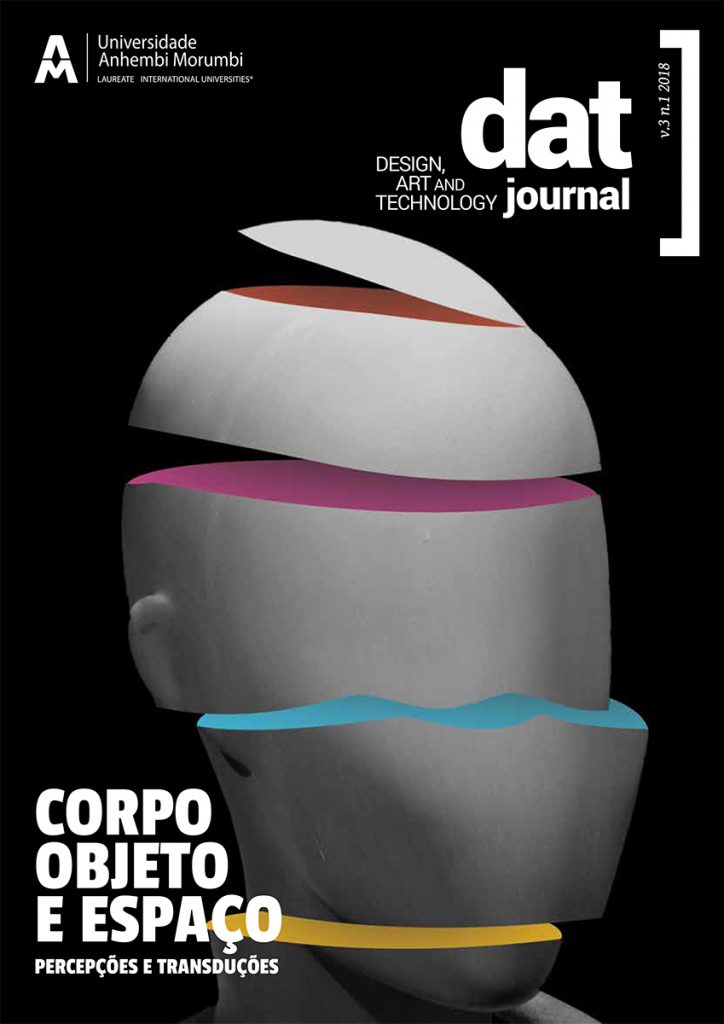
Hybrid Labs Symposium
The Third Renewable Futures Conference
May 30 – June 1, 2018, Aalto University, Otaniemi Campus
Hybrid Labs is the third edition of Renewable Futures conference that aims to challenge the future of knowledge creation through art and science. The HYBRID LABS took place from May 30 to June 1, 2018 at Aalto University in Espoo, Finland, in the context of Aalto Festival. Celebrating 50 years of Leonardo journal and community, the HYBRID LABS conference looked back into the history of art and science collaboration, with an intent to reconsider and envision the future of hybrid laboratories – where scientific research and artistic practice meet and interact.
http://hybridlabs.aalto.fi/hls2018-symposium/
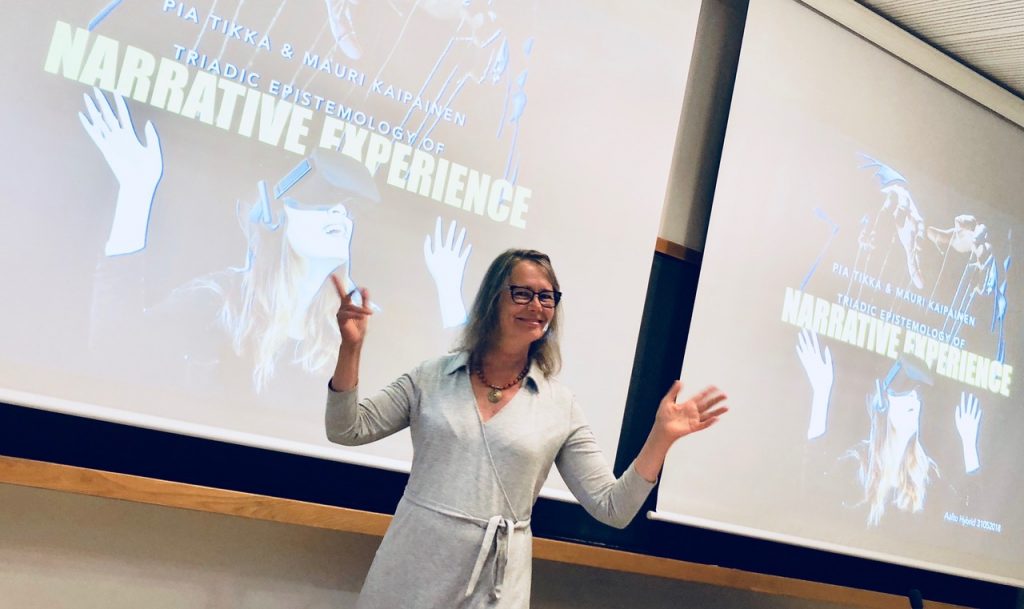
Pia Tikka and Mauri Kaipainen:
Triadic epistemology of narrative experience
We consider the narrative experience as a triangular system of relations between narrative structure , narrative perspective , and physiological manifestations associated with both. The proposal builds on the fundamentally pragmatist idea that no two of these elements are enough to explain each other, but a third is always required to explicate the interpretative angle. Phenomenological accounts altogether reject the idea of objective descriptions of experience. At the same time, a holistic understanding must assume that a narrative is shared on some level, an assumption narratology must make, and that even individual experiences are also embodied, as is evident to neuroscientists observing brain activity evoked by narrative experience. It cannot be that these accounts are incompatible forever. Using these elements, we discuss a triadic epistemology, a mutually complementary knowledge construction system combining phenomenological, narratological and physiological angles in order to generate integrated knowledge about how different people experience particular narratives.
Our approach assumes a holistic, or even deeper, an enactive perspective to experiencing, that is, assuming systemic engagement in the embodied, social, and situational environmental processes. Consequently, we propose understanding narrative content needs to be analyzed not only based on subjective reports of theexperiencer, but they also need to be related to neurophysiological manifestations of the experience. Or, describing the associated neural activity during the viewing of a film is not enough to relate it to subjective reports of the viewers, but the observations also need to be interpreted to conventions of storytelling. A selection of cases are described to clarify the proposed triadic method.
Κeywords: neurophenomenology, narrative experience, narrative perspective, enactive theory of mind, epistemology
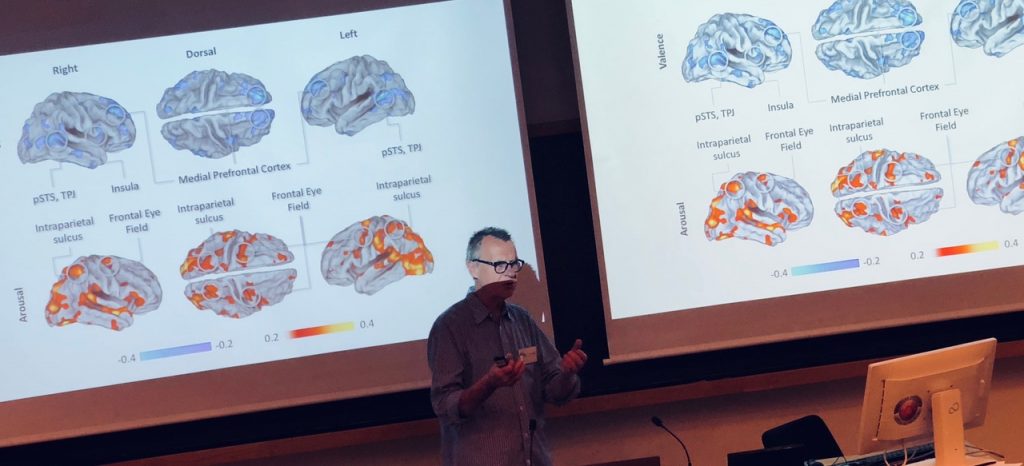
eFilm: Hyperfilms for basic and clinical research presented by
my aivoAALTO collaborator professor Mikko Sams showed highlights of neuroscience findings related to viewing films in fMRI and introduced the concept of eFilm, a novel computational platform for producing and easily modifying films to be used in basic and clinical research.
VR Research Talks organised with Virtual Cinema Lab and FiVR Track dedicated on research in and around VR, with a focus on artistic praxes around sound, alternative narrations and the self.
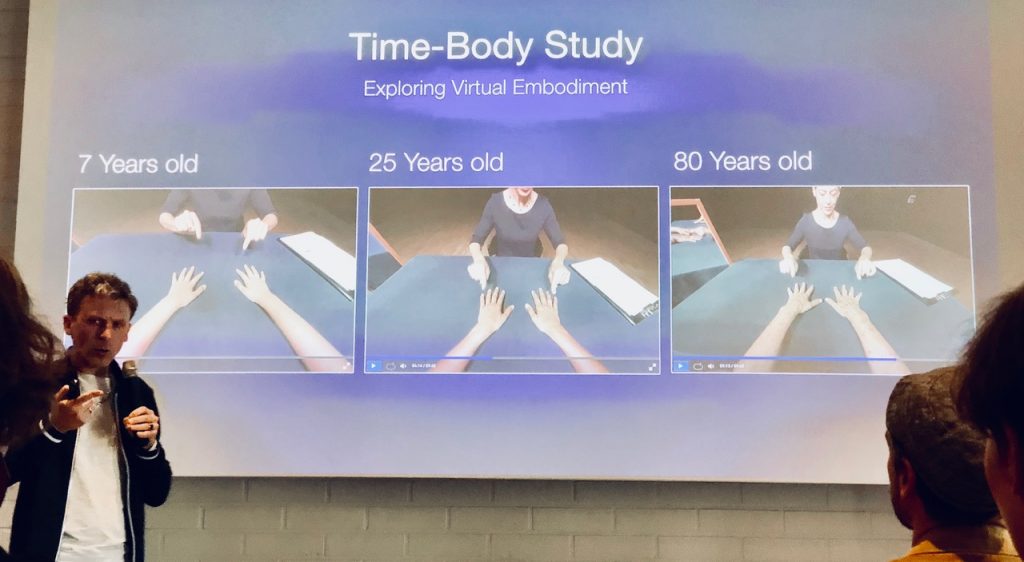
Daniel Landau: Meeting Yourself in Virtual Reality and Self-Compassion
Self-reflection is the capacity of humans to exercise introspection and the willingness to learn more about their fundamental nature, purpose, and essence. Between the internal process of Self-reflection to the external observation of one’s reflection – runs a thin line marking the relationship between the private-self and the public-self. From Narcissus’s pond, through reflective surfaces and mirrors, to current day selfies, the concepts of self, body-image and self-awareness have been strongly influenced by the human interaction with physical reflections. In fact, one can say that the evolution of technologies reproducing images of ourselves has played a major role in the evolution of the Self as a construct. With the current wave of Virtual-Reality (VR) technology making its early steps as a consumer product, we set out to explore the new ways in which VR technology may impact our concept of self and self-awareness. ‘Self Study’ aims to critically explore VR as a significant and novel component in the history and tradition of the complex relationship between technology and the Self (—).
See more on Daniel’s work here)
In collaboration with BeAnotherLab (The Machine to Be Another), Lynda Joy Gerry taught a workshop, “Embodying Creative Expertise in Virtual Reality” to Masters in Interaction Design students at Zürcher Hochschule der Künste (ZhDK), as part of a course, “Ecological perception, embodiment, and behavioral change in immersive design” led by BAL members.
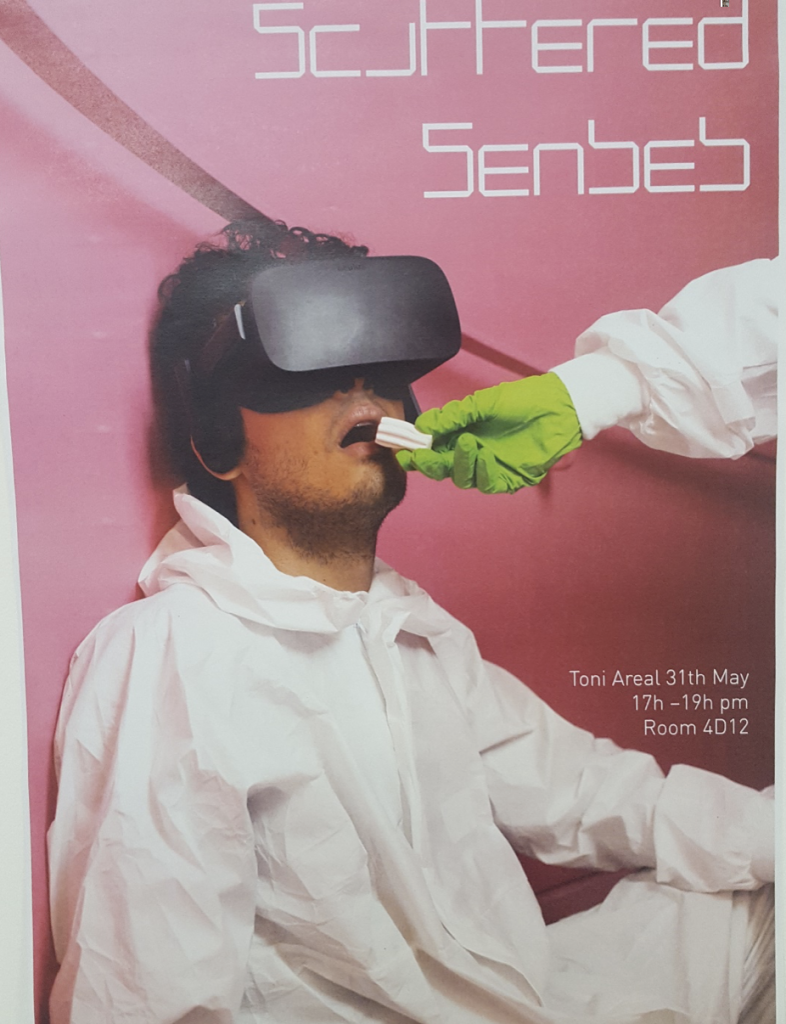
Image: Poster for the students’ final project presentation and exhibition.
Lynda specifically taught students design approaches using a semi-transparent video overlay of another person’s first-person, embodied experience, as in First-Person Squared. The focus of the workshop was on Leap Motion data tracking and measurements, specifically how to calculate compatibility and interpersonal motor coordination through a match score between the two participants, and how to send this data over a network. The system provides motor feedback regarding imitative gestures that are similar in form and position, and also for gestures that occur synchronously (at the same time), ideally trying to support both types of interpersonal motor coordination. Lynda taught students the equations used and data input necessary to calculate this algorithm for the different match scores, and also how to add interaction effects to this data. Lynda showed students how to implement Leap motion hand tracking on top of stereoscopic point-of-view video and how to record user hand movements. On the 31st, students premiered their final projects at an event entitled “Scattered Senses.”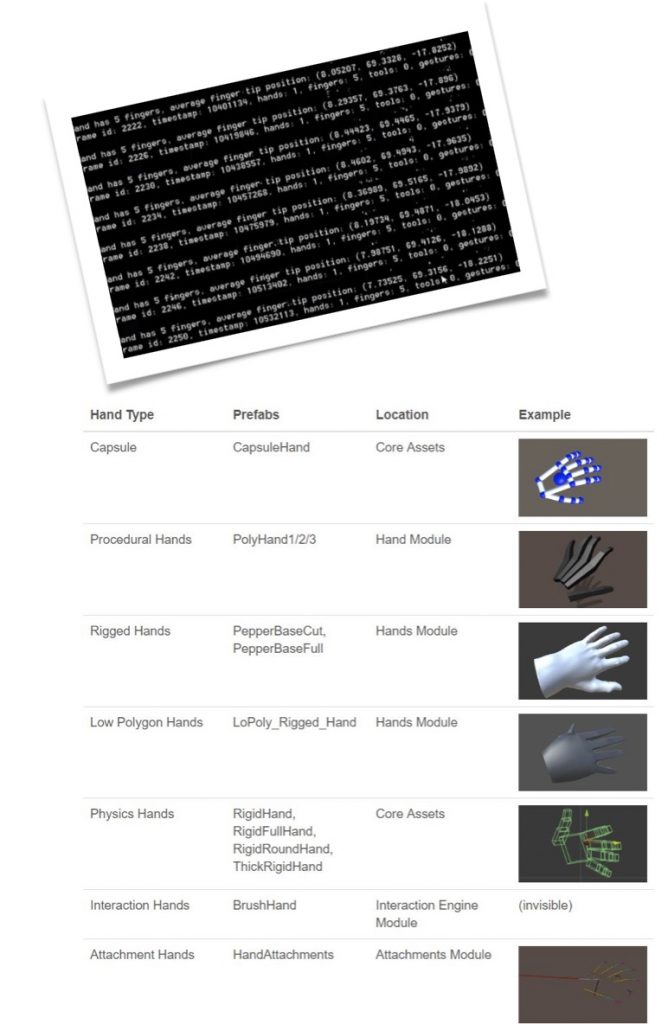
In May the online magazine Lehtiset published a Finnish Language article on “Cinema, storytelling and the mind” by Pia Tikka.
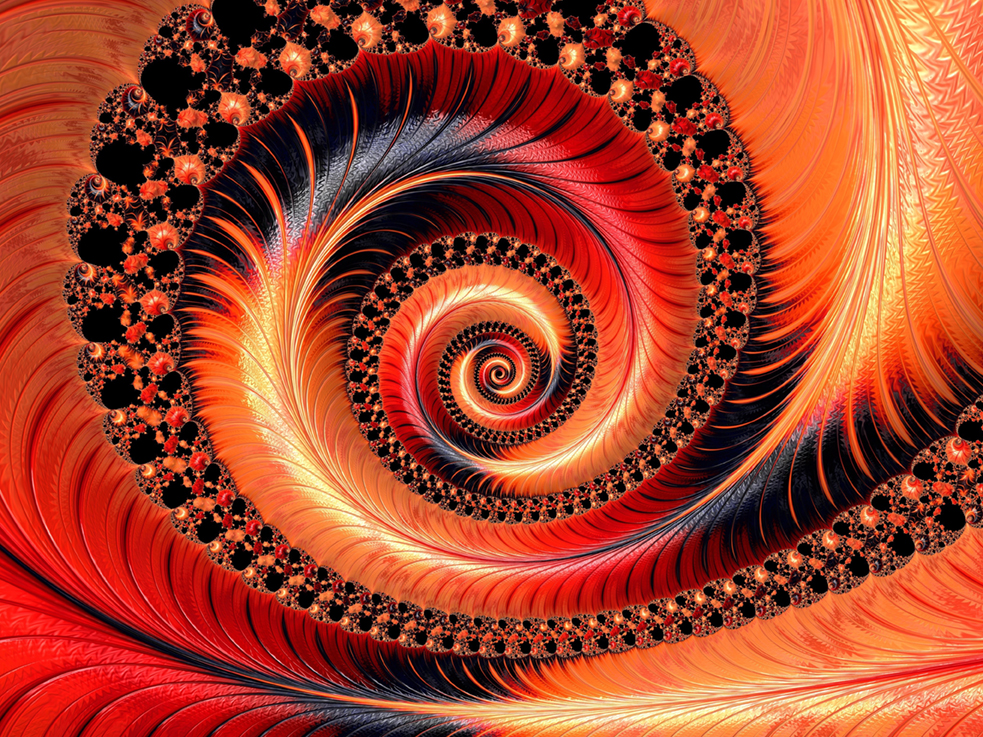
Tarinankerronta muodostaa ihmisen mielen perustan. Evoluution näkökulmasta tarinoiden kertomisen on myös täytynyt muokata ihmisen biologisia aivorakenteita. Tarinoilla on aina näkökulma; sen joka kertoo tarinan. Tässä mielessä tarinat kiinnittyvät yksilöllisiin kokemuksiin. Toisaalta ne ovat osa jaettua kulttuuri-sosiaalista ekologiaa.
On May 17th, Lynda Joy Gerry attended a conference organized by the Berlin School of Mind and Brain entitled “Watch Your Bubble!” The conference title refers to the information bubble conceptualization of social dynamics, wherein which groups of individuals are becoming increasingly nested within a bubble that reinforces only their own worldview. The conference brought in speakers on neuroaesthetics and social neuroscience, specifically Vittorio Gallese, Joerg Fingerhut, Andreas Roepstorpff, Olafur Eliasson, and Vincent Hendricks.
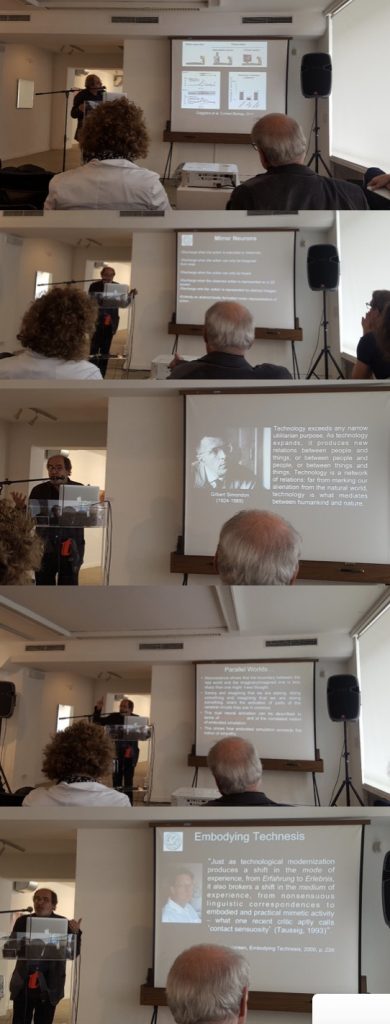 Neuroscientist Vittorio Gallese’s lecture specifically explored the ways in which individuals are reciprocally connected and the inter-dependence of self and other. Embodied simulations when imagining actions activate similar neural pathways as actually performing the same action. This makes film an especially evocative medium, specifically for haptic-vision and what Gallese calls “embodying technesis” wherein common action representations exist between imagination and action and also between self and other. The conference also addressed the formation and plasticity of personal identity, where identity comes from and how it is formed. Joerg Fingerhut specifically addressed the types of changes that individuals believe would make them a new person. For instance, a change in one’s musical tastes and preferences is perceived as a change in one’s identity.
Neuroscientist Vittorio Gallese’s lecture specifically explored the ways in which individuals are reciprocally connected and the inter-dependence of self and other. Embodied simulations when imagining actions activate similar neural pathways as actually performing the same action. This makes film an especially evocative medium, specifically for haptic-vision and what Gallese calls “embodying technesis” wherein common action representations exist between imagination and action and also between self and other. The conference also addressed the formation and plasticity of personal identity, where identity comes from and how it is formed. Joerg Fingerhut specifically addressed the types of changes that individuals believe would make them a new person. For instance, a change in one’s musical tastes and preferences is perceived as a change in one’s identity.
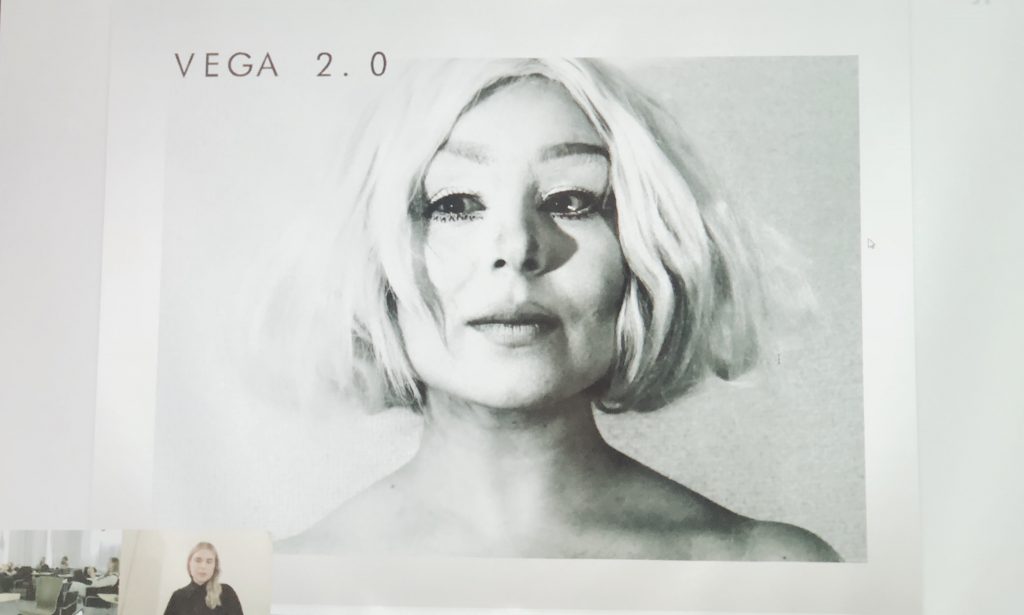
Examination of Johanna Lehto’s MA thesis “Robots and Poetics – Using narrative elements in human-robot interaction” for the Department of Media, programme New Media Design and Production on the 16th of May 2018.
As a writer and a designer, Johanna Lehto sets out to reflect upon the phenomenon of human-robot interaction through her own artistic work. To illustrate plot structure and narrative units of the interaction between a robot and human, she reflects upon how Aristotle’s dramatic principles. In her work, she applies Aristotelian drama structure to analyse a human-robot encounter as a dramatic event. Johanna made an interactive video installation in which she created a presentation of an AI character, Vega 2.0 (image). The installation was exhibited in Tokyo in Hakoniwa-exhibition on 22.-24.6.2017 and in Musashino Art University Open Campus -festival 10.-11.6.2017.